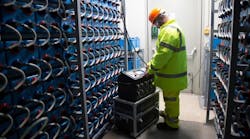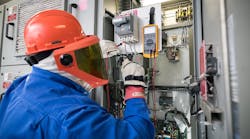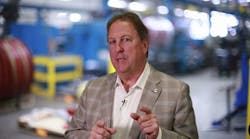The first four Chapters of the NEC apply to all installations, except as modified by Chapters 5, 6, 7, and 8. Chapter 9 doesn’t modify anything. So why is it there and what use is it to you?
This Chapter provides useful tables. Lots of them. The amount of information contained here is staggering, and it’s amazing that the CMPs have, over the years, managed to keep these tables organized in a way that lets you easily page through them to find a table that applies to what you’re doing. The notes that go with these tables are informative, and they help you make sense of the data presented in each one.
These tables consist of three groups.
1) The first group of tables is all about conduit and tubing. Among other things, they help with determining bend dimensions and raceway fill.
2) The second group of tables is, logically enough, about conductors. If there’s a dimension or property you need to know for a given size of a given conductor, you’ll probably find it here.
3) The third group provides power source limitations for Class 2 and Class 3 power supplies and for the power supplies of Power Limited Fire Alarm (PLFA) systems.




